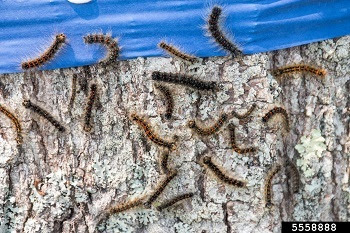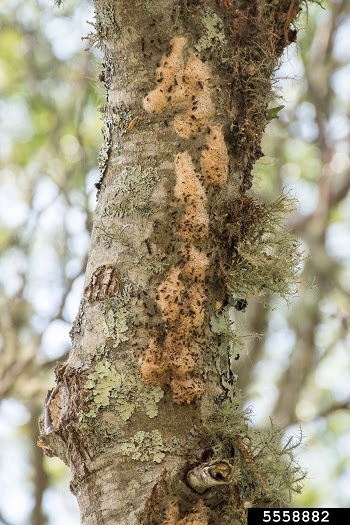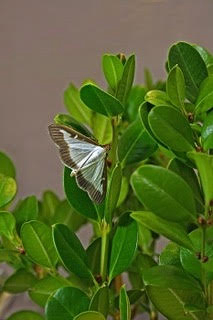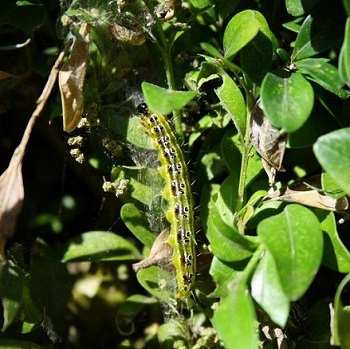Michigan 2023 spongy moth forecast


Are they out of the woods yet? The 2023 spongy moth forecast
Despite the recent cold weather, spongy moth caterpillars already may be hatching in the Lower Peninsula, according to Michigan State University’s Enviroweather prediction model.
The good news is that areas hardest hit by the nuisance caterpillars in the last few years should see a significant population decrease this year.
According to James Wieferich, forest health unit manager with the Michigan Department of Natural Resources, the outbreak cycle for most of the state peaked in 2021 and will continue to decline overall.
“Aerial and forest surveys mapped over 1.35 million acres of defoliated trees in 2021, compared to 386,000 acres in 2022,” said Wieferich. “This substantial population collapse is a result of the naturally occurring nuclear polyhedrosis virus, or NPV, and the Entomophaga fungus that affect spongy moth caterpillars.”
Areas that escaped the recent outbreak may see new defoliation, and localized areas where infestations began in 2021 or 2022 may see outbreaks peak this year.
“While spongy moth defoliation will never cease to exist, viral and fungal agents already in the environment are working to control this naturalized pest,” said Wieferich.
Following an outbreak, spongy moth populations usually remain at low levels for five to 10 years and sometimes longer, until environmental conditions trigger a new outbreak, initiating a new cycle.
If spongy moth populations are high in your area this season, there are steps you can take.
Do what you can
Focus management in areas where caterpillars, their feeding or their frass (droppings) will create the most problems.
- Before hatch, inspect decks, outdoor furniture, fences and trees, focusing on your favorite outdoor use areas. Scrape any accessible egg masses into a bucket of soapy water or burn or bury them.
- After hatch, use a whisk broom to sweep young caterpillars into a bucket of soapy water. Let them soak overnight, then dispose.
- Make a tree trunk trap: Cut a band of burlap 18 inches wide and long enough to go around the tree trunk and overlap a bit. Tie a string around the center of the band to make a two-layered skirt around the trunk. When caterpillars climb trees daily to feed, they will get caught in the band. Scrape them into a bucket of soapy water to kill them.
If you choose to use a pesticide, use Btk (Bacillus thuringiensis var. kurstaki), which is highly effective on spongy moth but has little impact on beneficial insects. Btk works when caterpillars ingest it, so it should be applied to tree leaves, not to the caterpillars themselves. It is most effective on young caterpillars and should be used within one to two weeks of hatch. Always follow label instructions to ensure safe pesticide application.
Be realistic
If you’re in an infested area, accept it’s impossible to get rid of all spongy moth caterpillars. Consider cost, safety and environmental health in your management choices.
|
Don’t panic
- Remember that spongy moth outbreaks are cyclical and will collapse in a year or two, even without intervention.
- Caterpillars feed for about six to eight weeks, usually ceasing in midsummer.
- Affected hardwoods will typically re-leaf in mid-to-late July after suffering defoliation.
More information on spongy moth is available at Michigan.gov/Invasives.
A recording of the 2022 NotMISpecies webinar, New name, familiar pest: Preparing for Lymantria dispar (formerly known as Gypsy moth) is available for viewing at Michigan.gov/EGLE/Outreach.
If further information is needed, email questions to DNR-FRD-Forest-Health@Michigan.gov. Note that responses may be delayed due to high volume during the spring and summer.





